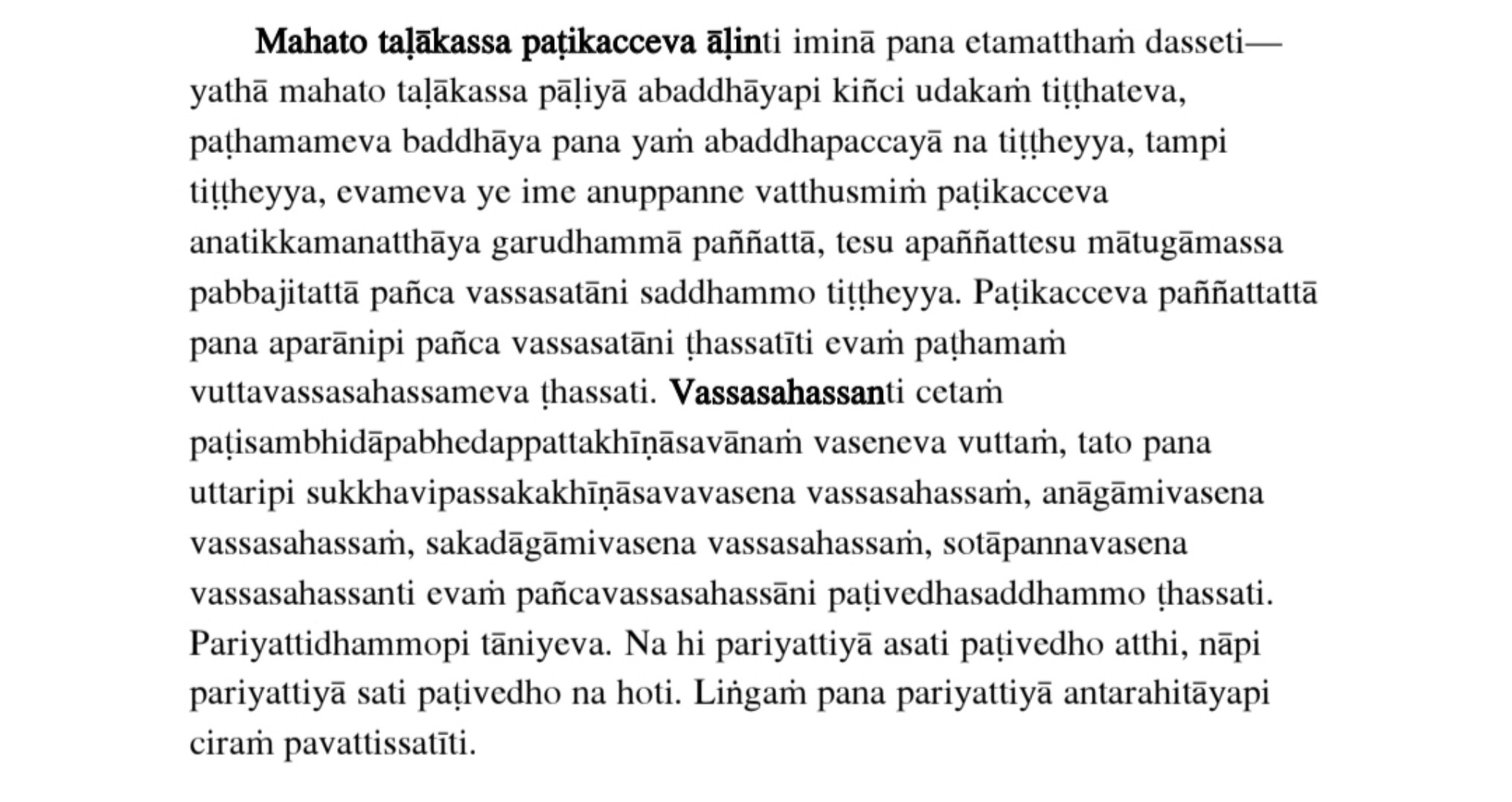I observe that you rely on Ven. Sujato’s translation. In this Sutta passage, Sujato translates the two diseases as follows:
- (1) Setaṭṭhikā as “white bones.”
- (2) Mañjiṭṭhikā as “red rot.”
Nevertheless, one must exercise caution and refrain from relying any translation as definitive without due consideration. I urge you to take the following into account, and upon doing so, the matter will become clear to you.
In The Book of the Gradual Sayings (5 Volume Set), tr. F. L. Woodward & E. M. Hare (1955; the edition in my possession), the page numbering may differ across printings, but the general reference is (PTS 4.274–4.279). Specifically, in Vol IV (E.M. Hare, trans.), the two terms are translated as follows:
- (1) “white-as-bones.”
- (2) “red-rust.”
The term “bones” appears in both translations, yet it is absent in the others. It is likely that Ven. Sujato also drew upon the previous translation for this inclusion in his own rendition.
In Ven. Bhikkhu Bodhi’s translation in The Numerical Discourses of the Buddha, these terms are rendered as:
- (1) “the bleaching disease.”
- (2) “the rusting disease.”
In contrast, Ven. Nyanatiloka Mahāthera’s German translation of the Aṅguttara presents the terms as:
- (1) “Röte.”
- (2) “Mehltau.”
According to the Collins German Dictionary (1st ed., 1994), (1) corresponds to “Redness” in English (see p. 413), and (2) corresponds to “mildew” (see p. 309).
In another translation, that of Ven. Ṭhānissaro Bhikkhu, both terms are rendered as:
- (1) “white blight”
- (2) “rust disease.”
Therefore, you may not find what you’re looking for if you rely solely on the translation you mentioned.
With regard to the interpretation of the Commentaries, the excerpt from the Manorathapūraṇī (Aṅguttaranikāya commentary), abbreviated as “Mp,” is presented for your examination. Peruse the following;
- Setaṭṭhikā rogajāti nipatati. Mp: “A kind of insect pierces the stalk and enters the middle of the reed. When the stalk is pierced, the sap comes out and cannot reach the top of the paddy plant.”
1746. Mañjiṭṭhikā rogajāti nipatati. Mp: “The internal reddening of the sugar cane.”
The translation is particularly by Ven. Bhikkhu Bodhi and is included in the “Notes” section, which I numbered them (drawn from the same source previously referenced).
It is essential to dispel the misconception that allowing women to ordain will shorten the Dhamma’s lifespan, as this notion contradicts the very commentaries that address it. Consult Aṅ-a 3, page 238 (the Romanized Burmese Edition).
- Mp (Ce): ”By this he shows the following: ‘When a causeway is not built around a large reservoir, whatever water would have remained there if the causeway had first been built does not remain because there is no causeway. So too, these principles of respect have been prescribed in advance, before an incident has arisen, for the purpose of preventing transgression. If they had not been prescribed, then, because women have gone forth, the good Dhamma would have lasted five hundred years. But because they have been laid down in advance, it will continue another five hundred years and thus last for the thousand years originally stated.’ And this expression ‘a thousand years’ is said with reference to arahants who have attained the analytic knowledges (paṭisambhidāpabhedappattakhīṇāsavānaṃ vasen’eva vuttaṃ). Following this, for another thousand years, there appear dry-insight arahants; for another thousand years, non-returners; for another thousand years, once-returners; and for another thou-sand years, stream-enterers. Thus the good Dhamma of pen-etration (paṭivedhasaddhammo) will last five thousand years. The Dhamma of learning (pariyattidhammo) will also last this long. For without learning, there is no penetration, and as long as there is learning, there is penetration.”
◉ Translator’s endnote (Ven. Bhikkhu Bodhi):
From the above, we can see that according to the commentary, the allowance for women to go forth will not shorten the life span of the Dhamma; this is because the Buddha laid down the eight principles of respect, which serve as the dyke or causeway.
The esteemed commentary elucidates that the Blessed One’s pronouncement concerning the diminished lifespan of the Dhamma must be comprehended as a conditional foretelling. In the absence of the noble principles (the eight Garudhammas), the endurance of the Dhamma would indeed have been imperiled. However, in the presence of these sacred edicts, the Dhamma’s vitality is steadfastly secured. Thus, the granting of ordination to women does not, in and of itself, precipitate a shortening of the Dhamma’s lifespan. Rather, it is the Buddha’s profound foresight in instituting these protective doctrines that guarantees the Dhamma shall endure, unaltered in its essence, as originally intended.
Moreover, the Buddha’s declaration that the Dhamma’s lifespan would be reduced to a mere five centuries due to the ordination of women is mitigated by the establishment of the eight Garudhammas—principles of respect that serve as safeguards to uphold the integrity of the Dhamma. These principles ensure that, despite the inclusion of women in the Sangha, the Dhamma shall persist for a thousand years, upheld by arahants possessing profound analytical wisdom. With each succeeding thousand-year cycle, the Dhamma is further extended, its endurance marked by varying levels of spiritual attainment: dry-insight arahants, non-returners, once-returners, and stream-enterers. In this manner, the Dhamma will flourish for a total of five thousand years, with each successive generation of practitioners preserving and transmitting the noble teachings, even with the inclusion of women in the Sangha.
